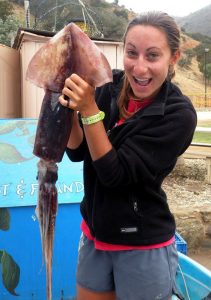Coral Reef Management in a Changing Climate
by Laurel Zaima, RJD Intern
Ecological disruptions have been occurring at an alarming rate and have been affecting many sensitive marine organisms. Fortunately, the coral reefs have been fairly resilient to the climate change; however, these disturbances have created a high demand for solutions to conserve the resilience of the coral reef. The scientists of the Prioritizing Key Resilience Indicators to Support Coral Reef Management in a Changing Climate conservation research paper conducted experiments in an Indonesian protected area to understand the coral reef’s level of resilience and the human power to help the coral’s resilience and recovery to the climate changes. The definition of resilience is “the capacity of an ecosystem to absorb recurrent disturbances or shocks and adapt to change while retaining essentially the same function and structure” (McClanahan et. al., 2). Resistance and recovery are the focus of the experiment because they are tangible aspects of resilience.

